Chillum Place update: working with a contractor, #DCsBravest have successfully mitigated the collapse hazard in the rear of the building that was impacting rail traffic. There continue to be hotspots inside the structure that we will continue to monitor. pic.twitter.com/aEwUA514yz
— DC Fire and EMS Department (@dcfireems) May 10, 2018
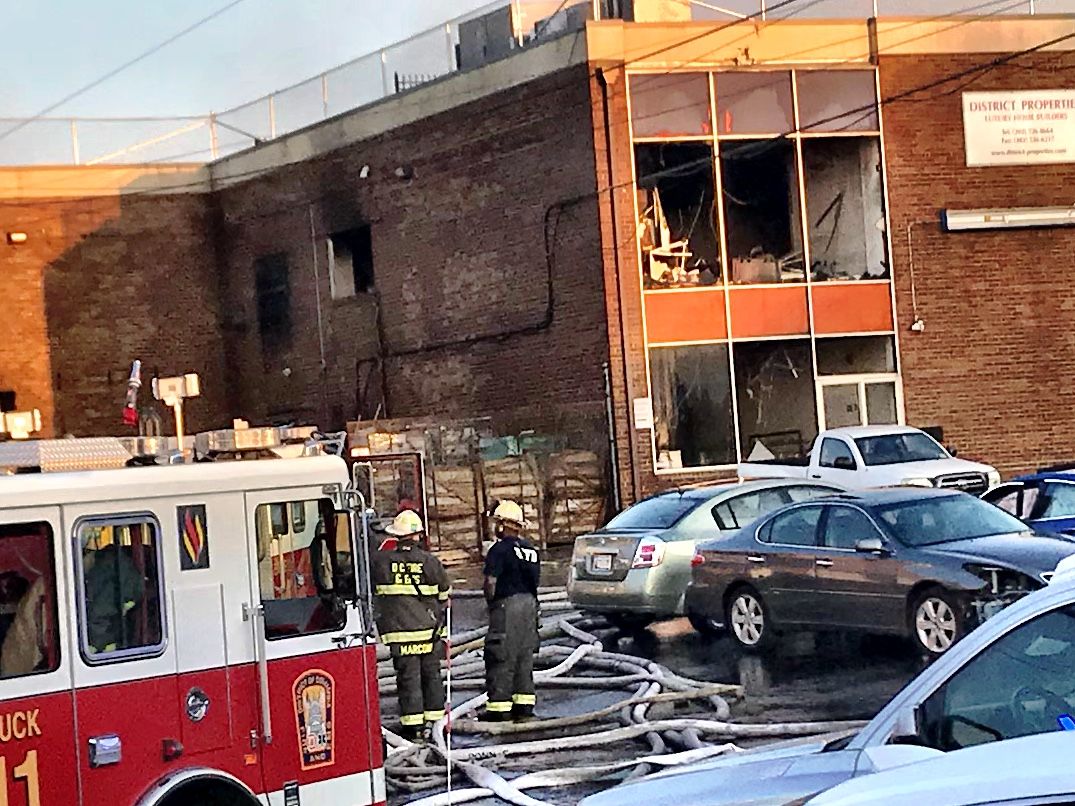
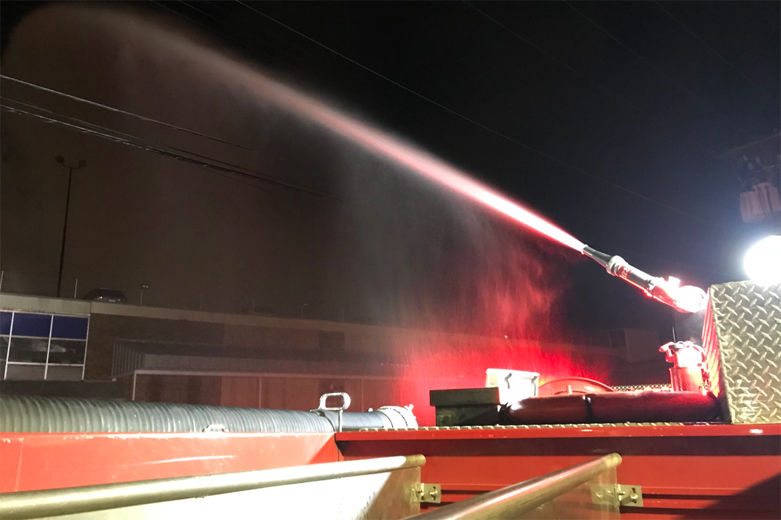
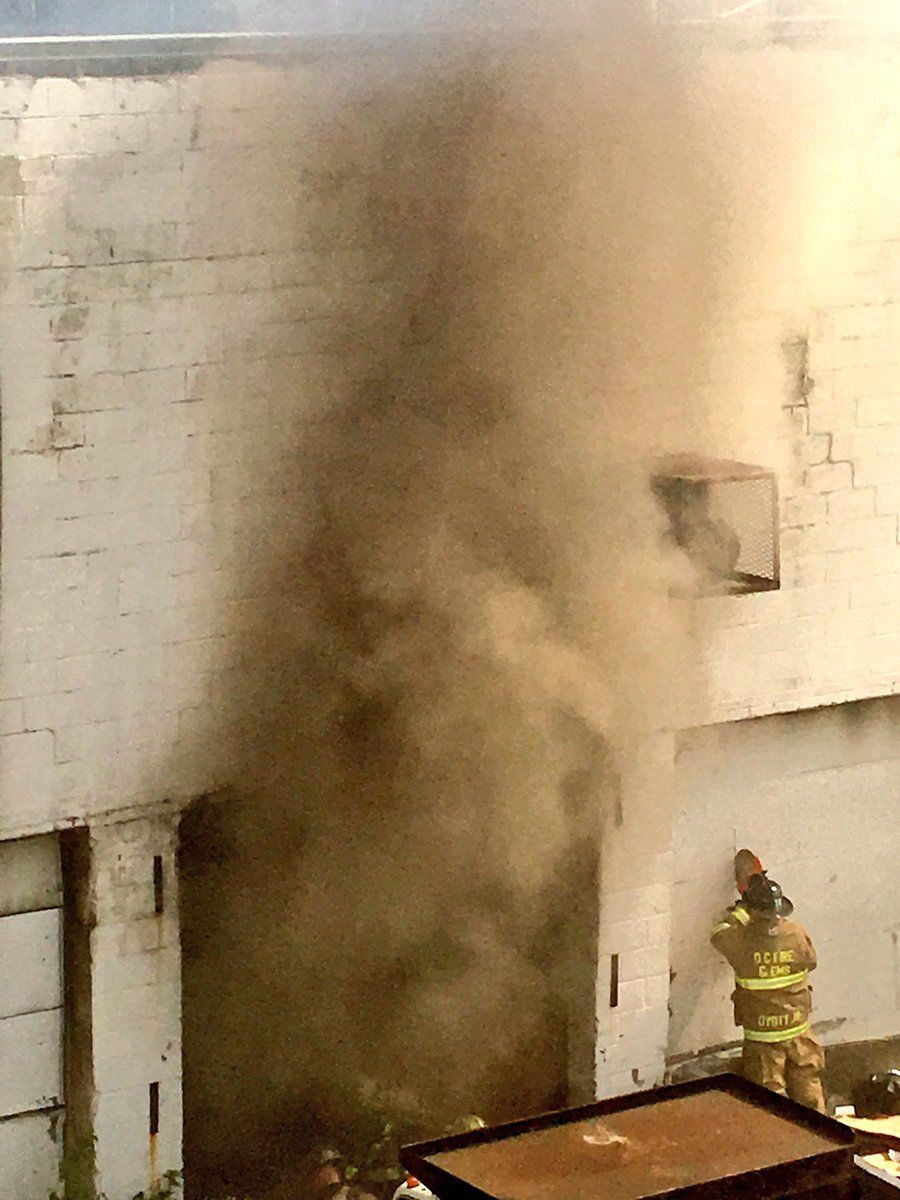
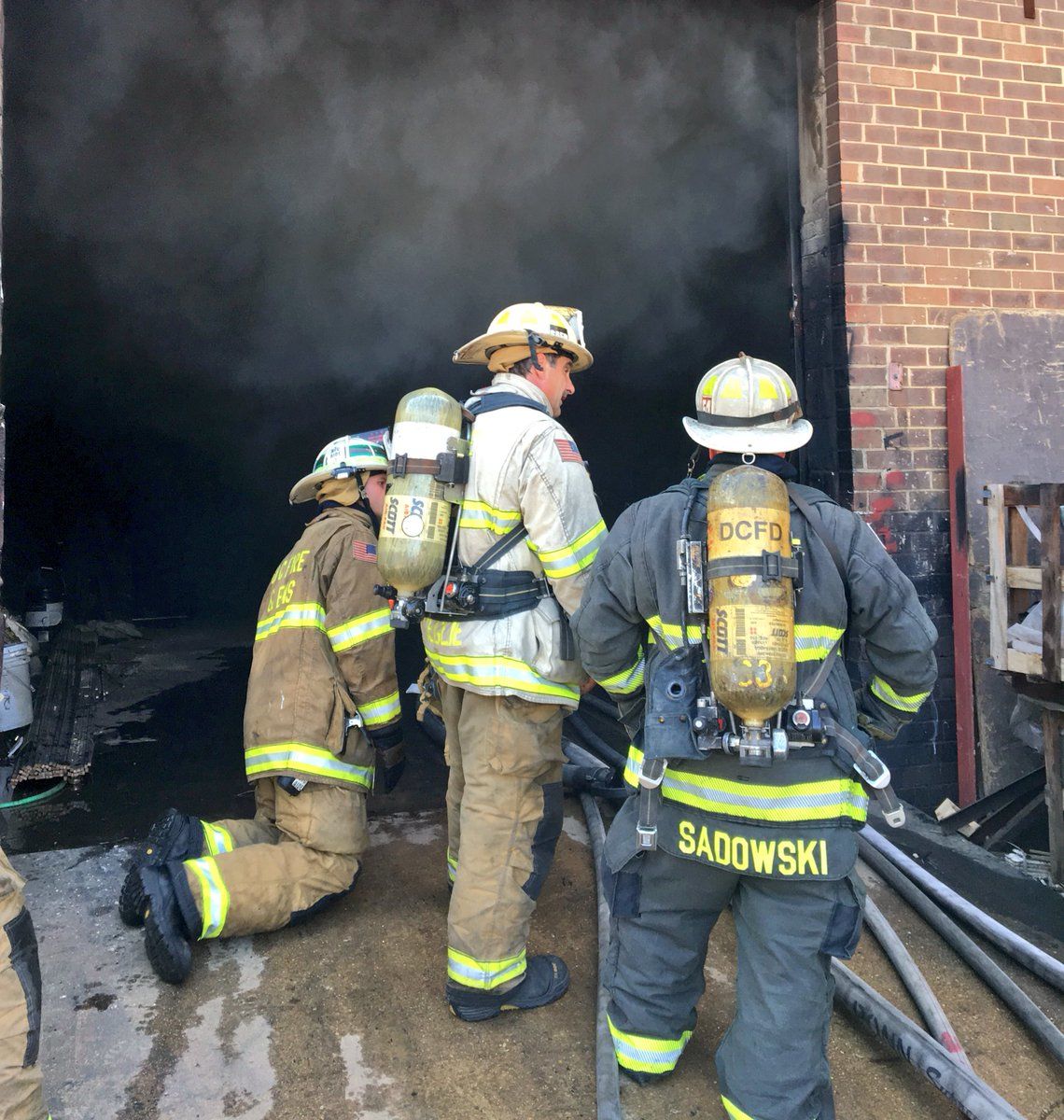
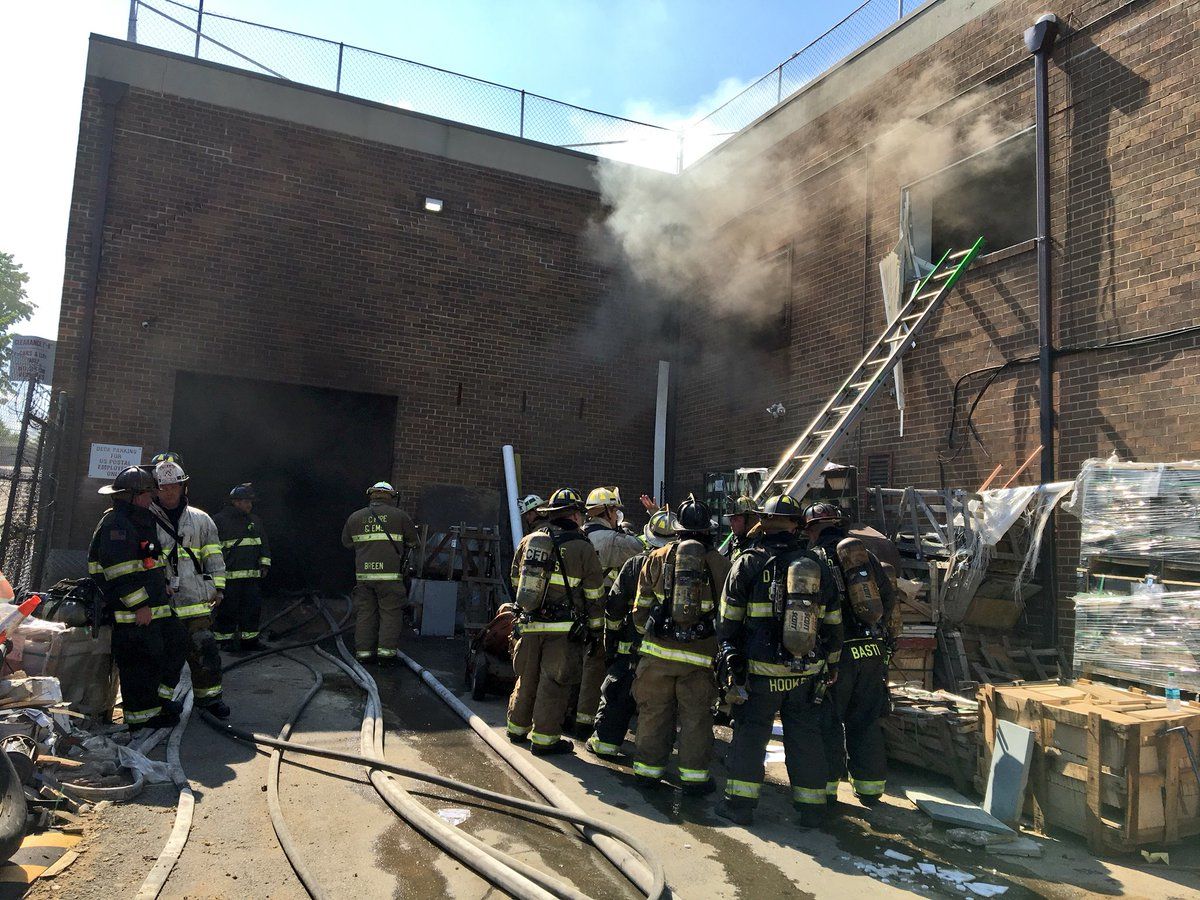
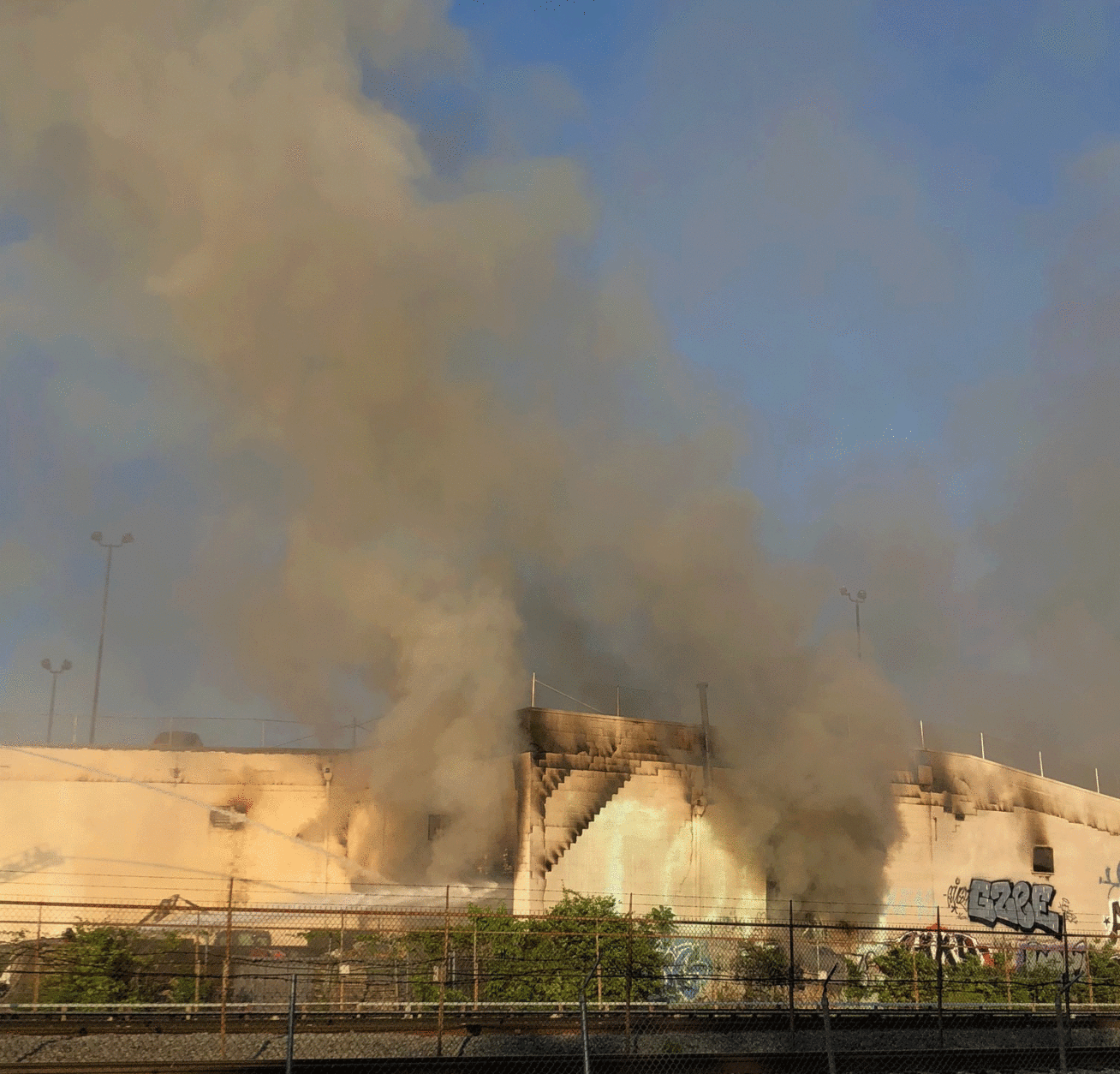
Chillum Place 2nd Alarm update. Partial roof collapse with heavy fire now venting thru the roof. We continue to maintain a collapse zone and maintain a defensive stance. pic.twitter.com/0NNs3kceL2
— DC Fire and EMS (@dcfireems) May 10, 2018
Update 2nd Alarm 6500 block Chillum Place NW. Heavy fire inside 1st floor 2 story warehouse. Offensive interior attack. No injuries. pic.twitter.com/S283R1qCYr
— DC Fire and EMS (@dcfireems) May 9, 2018
Update Chillum Pl. 2nd Alarm.Firefight continues from the exterior. 1 firefighter transported minor injuries. We have rotated and rehabbed firefighters who engaged in initial battle. Deep seated fire continues to burn. Collapse zone maintained. pic.twitter.com/mHgH6F3bTW
— DC Fire and EMS (@dcfireems) May 9, 2018
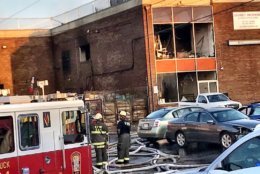
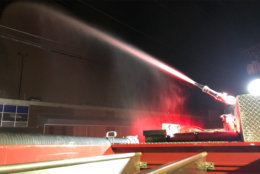
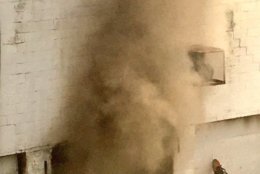
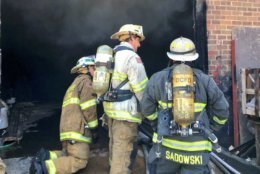
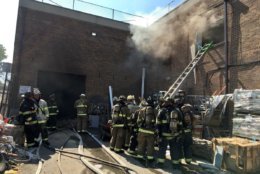
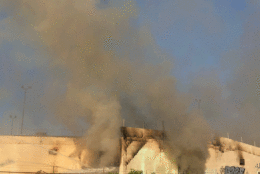
WASHINGTON — As fire officials mitigate concerns over damage to a wall at a Northwest D.C. warehouse fire, Metro is resuming Red Line train operations, but delays are expected Thursday.
Red Line is resuming normal two-track operations following earlier fire department response adjacent to the tracks at Takoma. Expect minor residual delays as trains return to rush-hour frequency. #wmata
— Metrorail Info (@Metrorailinfo) May 10, 2018
D.C. Fire said in tweet Thursday night that they are working with a contractor to handle the collapse hazard at the warehouse that was impacting train traffic.
Several vehicles parked on the rooftop parking lot of the burning warehouse fell into the building after a partial roof collapse, but as of 5 p.m. Thursday, D.C. Fire and EMS said the blaze has been reduced to “hot spots inside the structure.”
Firefighters have not been able to enter District Properties Luxury Home Builders, in the 6500 block of Chillum Place NW, because the building is unstable, according to D.C. Fire officials. Firefighters have focused unmanned streams of water from atop extended ladders on fire, which has largely burned within the structure, which contains furniture, paper and other office supplies.
One firefighter received a minor injury early in the effort, but no others have been reported since the fire began in the 3 p.m. hour Wednesday. It forced Metro’s Red Line to not run through the area Wednesday.
Next door to the warehouse is a U.S. Post Office Distribution Center.
D.C. Fire said water has entered the facility, but fire did not spread there.
Stacey Lincoln, the local advisory neighborhood commissioner, said he has been informed mail delivery in ZIP codes 20010, 20012 and 20015 may be affected.
Earlier Thursday when trains were single-tracking, Deputy Fire Chief John Donnelly said, “We went back … and did [an] assessment, noticed some more movement in that wall, and it was our decision to talk to Metro and get to a single track to move the trains farther away from the building.”
He said they had determined how large of a collapse zone was needed and at the time, single-tracking was the best way to keep everyone safe.
“We want to make sure that there isn’t any danger to the people that are riding the rail,” Donnelly said.








